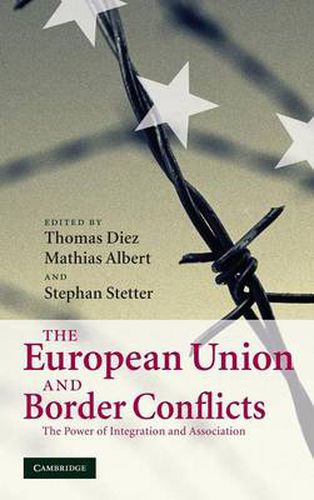Readings Newsletter
Become a Readings Member to make your shopping experience even easier.
Sign in or sign up for free!
You’re not far away from qualifying for FREE standard shipping within Australia
You’ve qualified for FREE standard shipping within Australia
The cart is loading…






It is generally assumed that regional integration leads to stability and peace. This book is a systematic study of the impact of European integration on the transformation of border conflicts. It provides a theoretical framework centred on four ‘pathways’ of impact and applies them to five cases of border conflicts: Cyprus, Ireland, Greece/Turkey, Israel/Palestine and various conflicts on Russia’s border with the EU. The contributors suggest that integration and association provide the EU with potentially powerful means to influence border conflicts, but that the EU must constantly re-adjust its policies depending on the dynamics of each conflict. Their findings reveal the conditions upon which the impact of integration rests and challenge the widespread notion that integration is necessarily good for peace. This book will appeal to scholars and students of international relations, European politics, and security studies studying European integration and conflict analysis.
$9.00 standard shipping within Australia
FREE standard shipping within Australia for orders over $100.00
Express & International shipping calculated at checkout
It is generally assumed that regional integration leads to stability and peace. This book is a systematic study of the impact of European integration on the transformation of border conflicts. It provides a theoretical framework centred on four ‘pathways’ of impact and applies them to five cases of border conflicts: Cyprus, Ireland, Greece/Turkey, Israel/Palestine and various conflicts on Russia’s border with the EU. The contributors suggest that integration and association provide the EU with potentially powerful means to influence border conflicts, but that the EU must constantly re-adjust its policies depending on the dynamics of each conflict. Their findings reveal the conditions upon which the impact of integration rests and challenge the widespread notion that integration is necessarily good for peace. This book will appeal to scholars and students of international relations, European politics, and security studies studying European integration and conflict analysis.